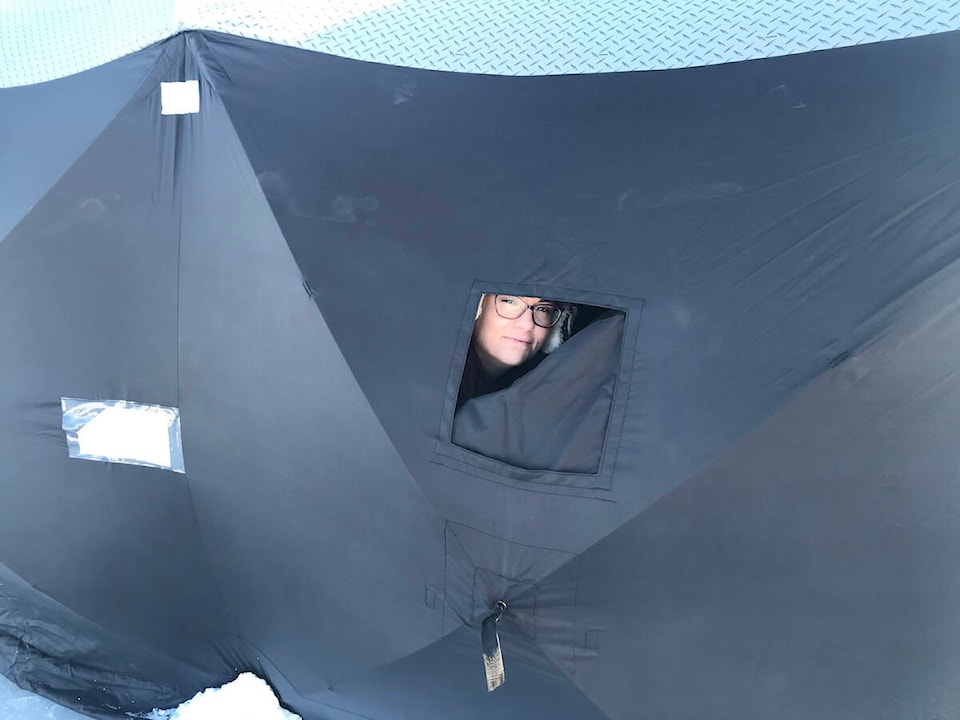Local fisherman are gearing up this week as the ice on local lakes, ponds and creeks begins to freeze over. However, this year’s unseasonably warm weather means ice on most bodies of water is notably thin.
Those who plan to head onto the ice are advised to take caution and prepare accordingly.
Local fishermen and member of the Rimbey Fish & Game Association, Brad Janzen, stated it’s important to be prepared when heading off the shoreline.
“The most important thing is knowing and testing how thick the ice is before you head out too far,” said Janzen. “I recommend drilling a hole close to shore before heading too far so you can see what you’re working with - typically the middle of the lake is the thinnest so the further you go the more careful you need to be.”
Janzen added you should never walk on ice that is less than 10 cm thick and do not drive on ice that is less than 30 cm thick.
“When in doubt, don’t do it,” said Janzen.
My Wild Alberta, run by Alberta Environment and Parks explains on their website when travelling in a vehicle on lake ice, keep your seat belts off, open your window a crack, and half unlatch your door so it can be opened quickly. Always carry a shovel and tow rope in your vehicle.
Do not drive fast, follow closely behind or park near another vehicle on the ice. Ice can bend and crack with the weight of people, vehicles, or heavy snow. Keep an eye on ice and snow conditions ahead of you. If the weather has been warm or heavy snow has depressed the ice, there may be hidden slush that can trap a vehicle.
Always carry waterproof matches and nails or spikes in your pocket to help you get out of the water.
If you should fall through the ice exit your vehicle immediately. If in the water, go to the ice edge and break your way to ice that can hold your weight. Time is of the essence. Crawl on your belly up on ice, spreading your weight as far as possible. Use nails or spikes for added traction.
Immediately seek a warm place to remove wet clothes. This may mean going to shore and quickly building a fire. Hypothermia can set in quickly and leave you helpless.
